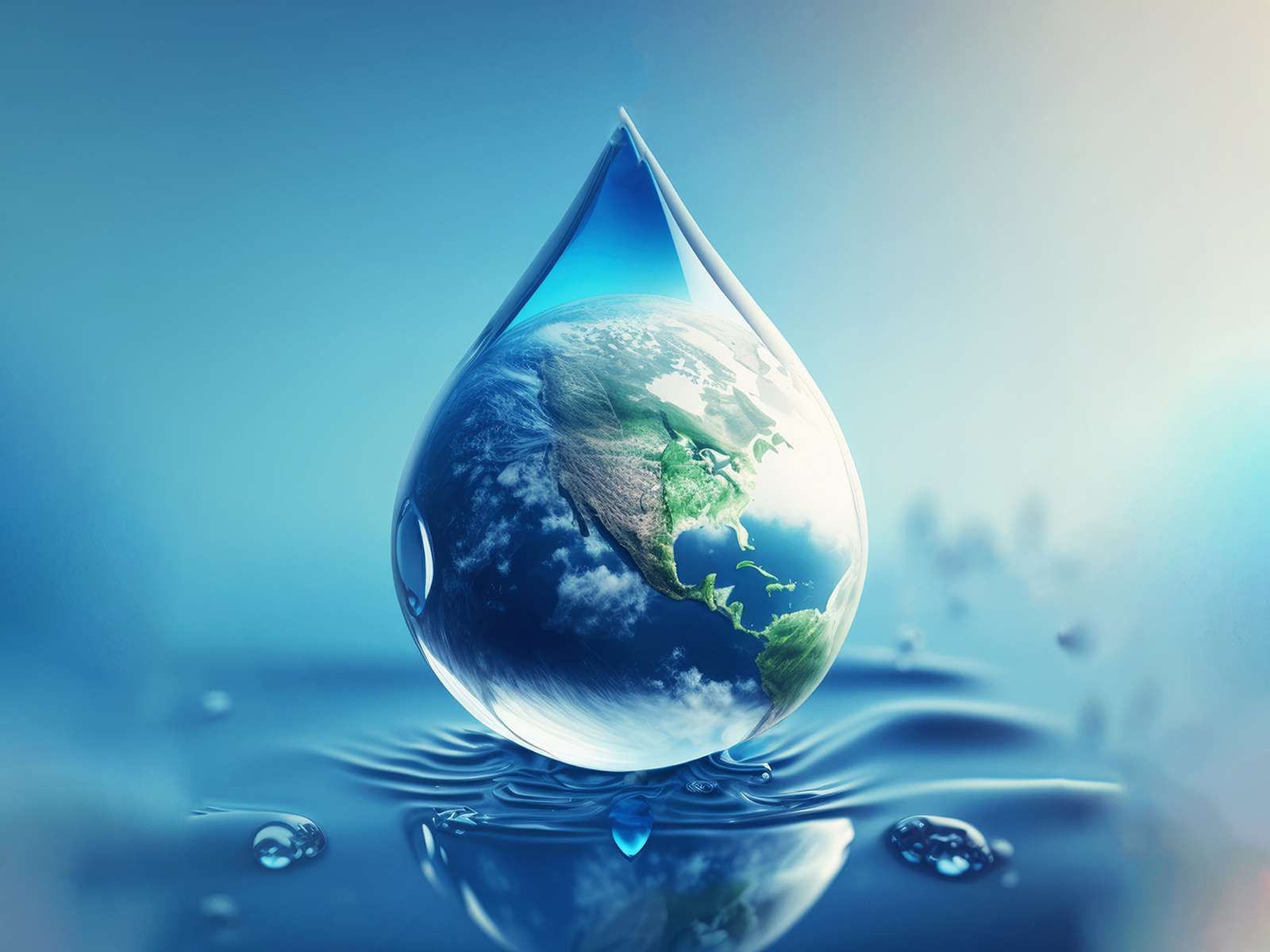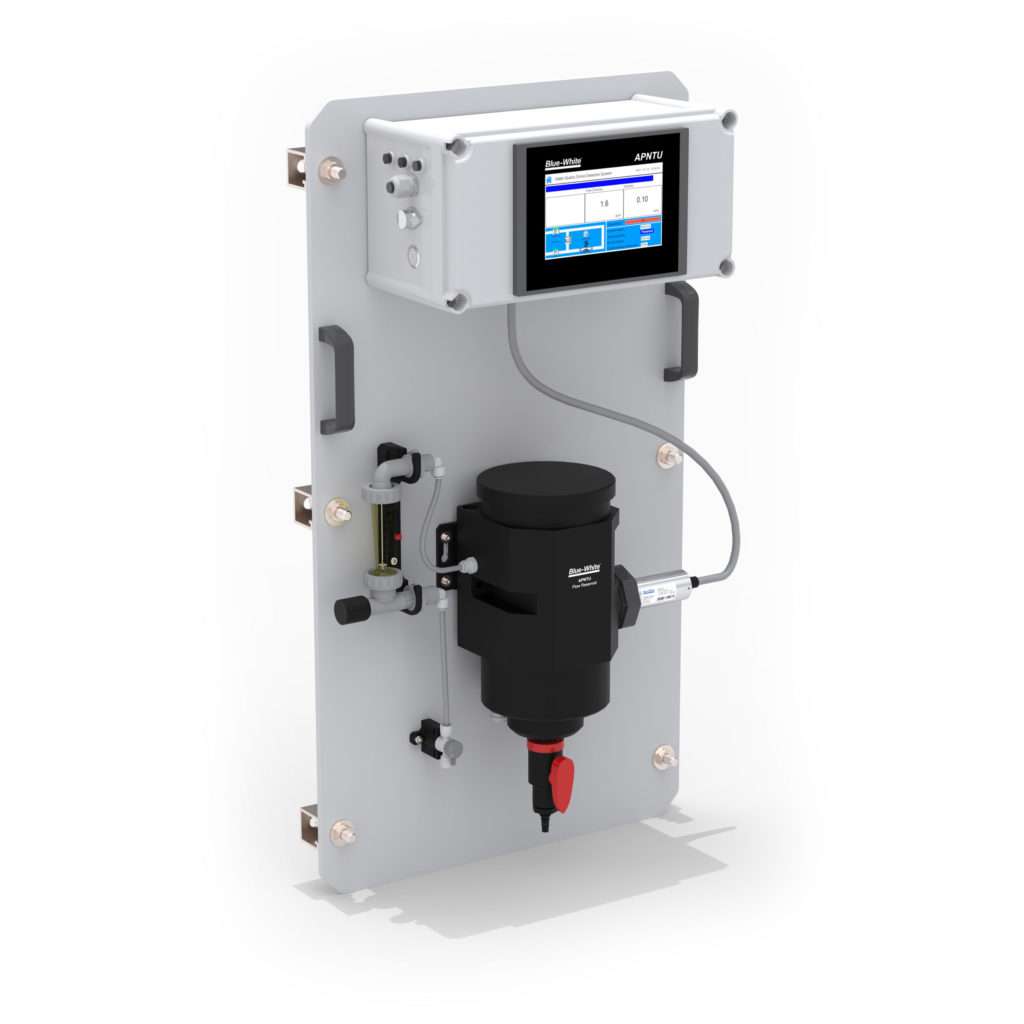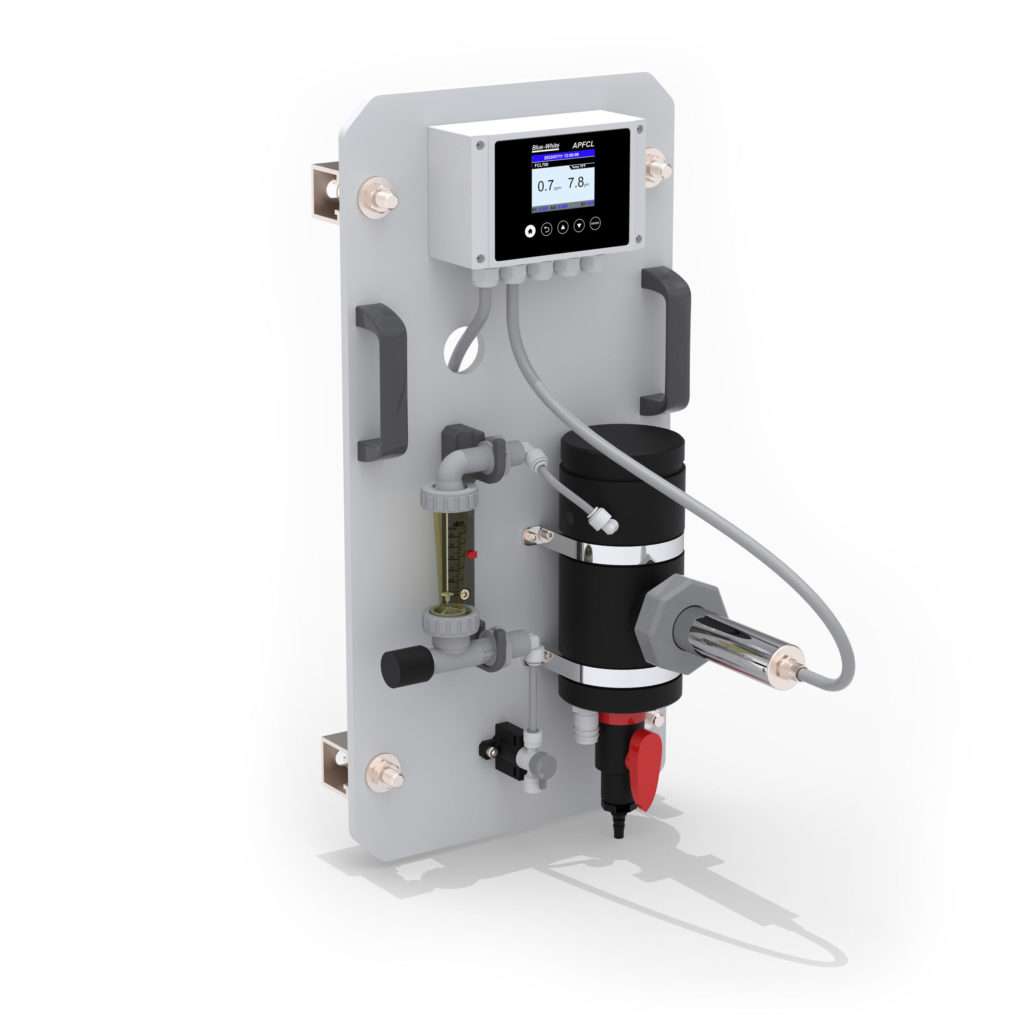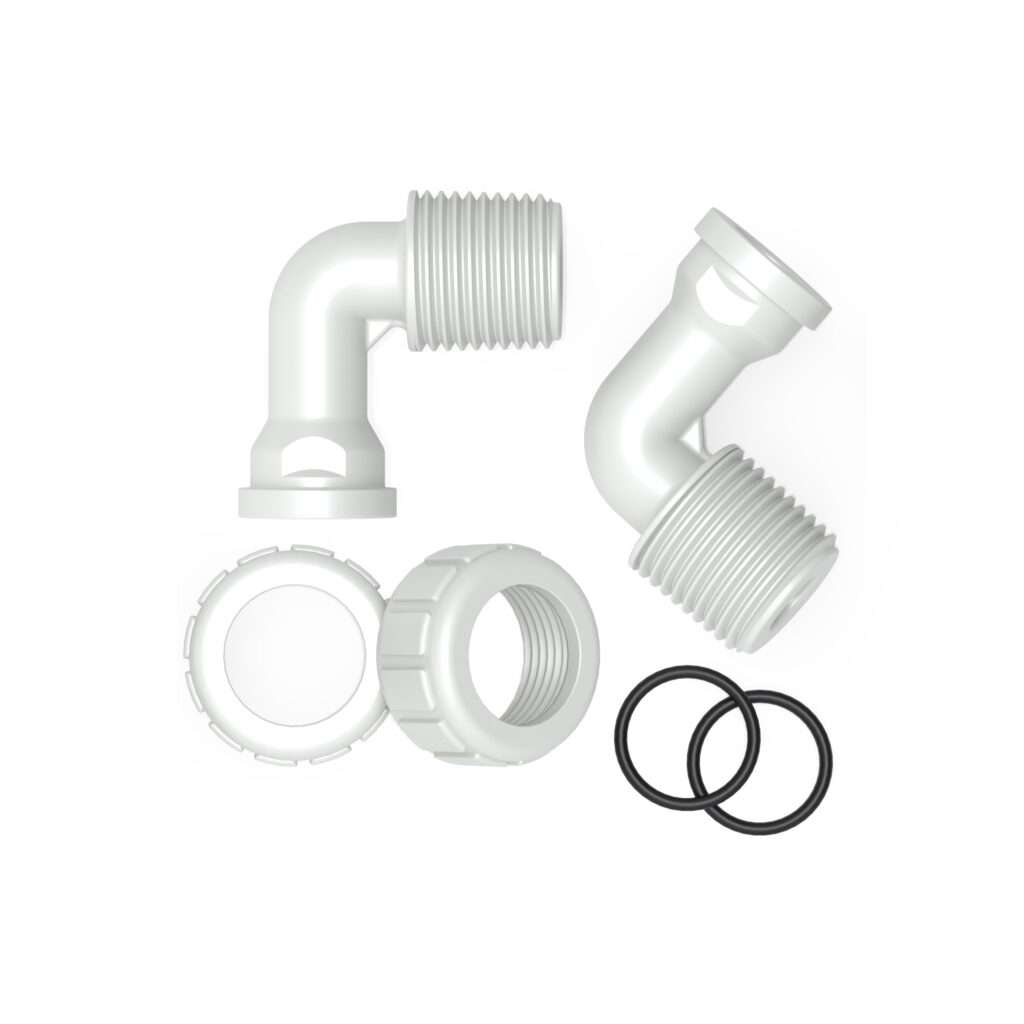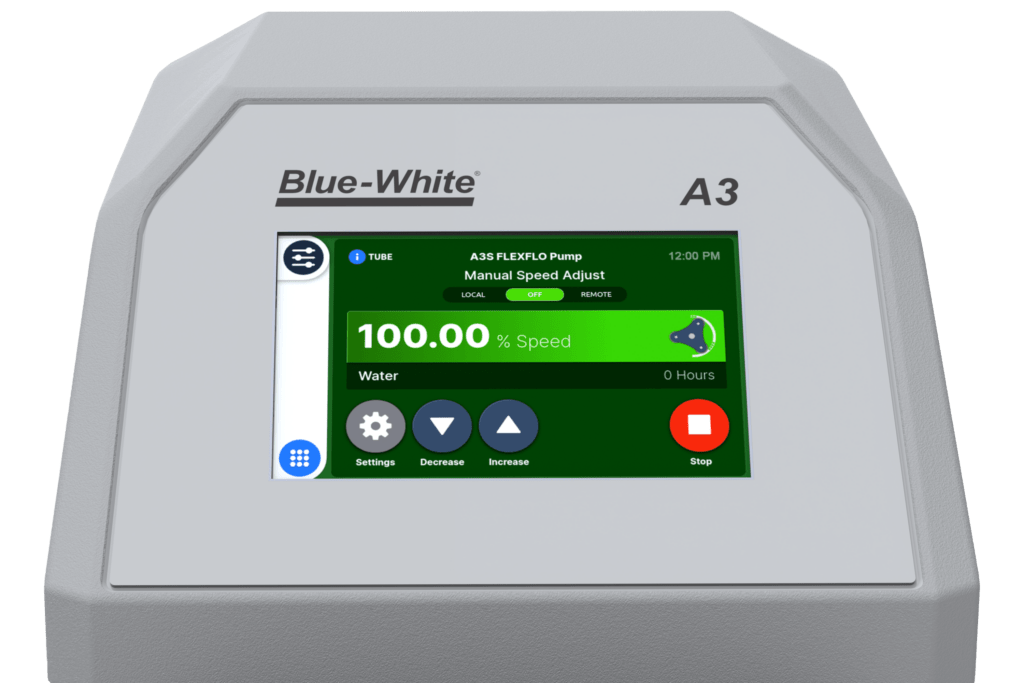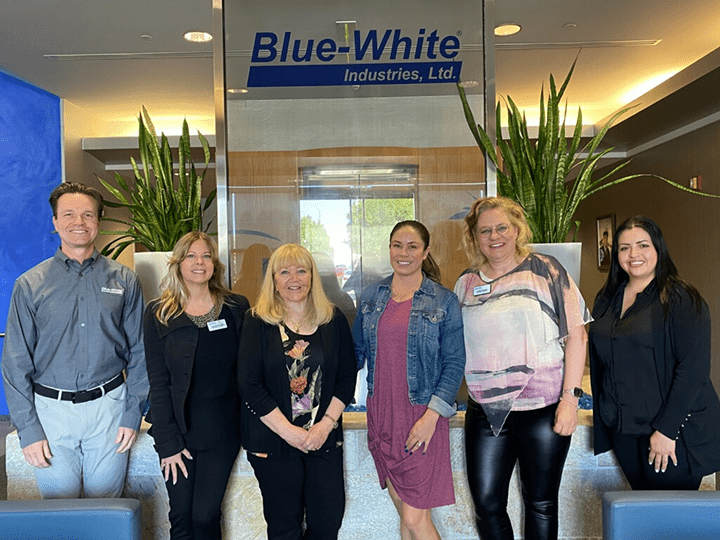Water scarcity and source water contamination concerns are fueling ever-increasing interest in the practice of direct potable reuse (DPR) systems. DPR uses many of the same wastewater and drinking water treatment systems currently in place, but instead of putting the treated wastewater back into the ground, the water is stored to be withdrawn as needed by the water treatment plant (WTP).
In order to ensure the highest quality water, DPR systems often use ultrafiltration membranes in place of a tertiary wastewater treatment, or as a pre-treatment before storage. This pretreatment process, which also includes disinfection and other remediation processes, must be properly designed to ensure the water will be effectively treated by the WTP.
Advantages of Direct Potable Reuse
The main appeal of DPR is that it allows communities to conserve water and build resistance to drought. Additionally, there are these advantages to DPR:
- Improved water quality. DPR offers superior water quality to most drawn and treated source water, often exceeding regulatory standards for drinking water.
- More efficient drinking water treatment. DPR produces more consistent water quality than surface or groundwater, which can vary in composition, challenging WTP operators.
- Reduced emerging contaminant exposure. Contaminates such as PFAS, industrial solvents, and even microplastics are successfully removed from DPR water during the wastewater treatment phase, ensuring they do not re-enter the drinking water system.
- Minimal environmental impact. As a largely closed loop, DPR wastewater isn’t returned to a water source and little to no source water is withdrawn from water sources, minimizing any potential impact.
Importance Of Pre-Treatment
DPR water treatment consists of many stages, including primary, secondary, and sometimes tertiary wastewater treatment. The treated wastewater is then prepared for storage in anticipation of being withdrawn by the WTP and treated to drinking water standards. Pre-treatment occurs between these key stages and consists of two direct actions: turbidity reduction and disinfection. Effective pre-treatment is critical for several reasons including:
- Health and safety. Pre-treatment minimizes pathogens that can proliferate during storage and cause potential problems for the drinking water treatment process and ultimately customers.
- Taste and odor. Even after running through the drinking water treatment processes, insufficient pre-treatment can result in issues with odor and taste.
- Treatment efficiency. Excess turbidity can disrupt the treatment process. In the worst-case scenario, this can cause clogs in filters, pumps, or other equipment. In addition, turbidity can shelter pathogens from disinfecting agents.
- Cost. Any or all of the above could result in added costs associated with downtime, equipment failure, increased operator hours, and more.
- Compliance issues. The most concerning result of insufficient pre-treatment is failure to meet regulatory requirements, causing issues for the water utility and/or treatment plant managers.
Pre-Treatment Design Considerations
With pore sizes of 100nm or smaller, ultrafiltration membranes excel at removing a wide range of viruses, bacteria, cists, and other pathogens that wastewater treatment does not eliminate, and which could proliferate to harmful levels in storage. Thus, an effective pre-treatment process for DPR must include both ultrafiltration and disinfection. However, there are several considerations that must be taken into account for the system to work as intended.
Membrane Design. In DPR using ultrafiltration, the membranes do most of the heavy lifting for turbidity and contaminant removal. For the most effective pre-treatment, it is critical that the system is carefully maintained and properly backwashed. For example, the system should be set up with multiple membranes, with each entering a backwash cycle every 30 minutes or so.
Instrumentation. In order to ensure proper pre-treatment, the system should monitor water quality before and after storage. This can include the use of level sensors, turbidity analyzers (Figure 1), chlorine analyzers (Figure 2), and more. Ideally, for disinfectant and other chemicals, sensors/ analyzers should have the ability to communicate directly with metering pumps to maintain required dosing levels.
Figure 1 & 2. Instrumentation such as turbidity analyzers (left) and chlorine analyzers (right) are key to ensuring pre-treatment processes in direct potable reuse are working as required. Such instruments can communicate directly with chemical metering pumps in order to correct water quality when parameters are too far out of tolerance for the quality level desired.
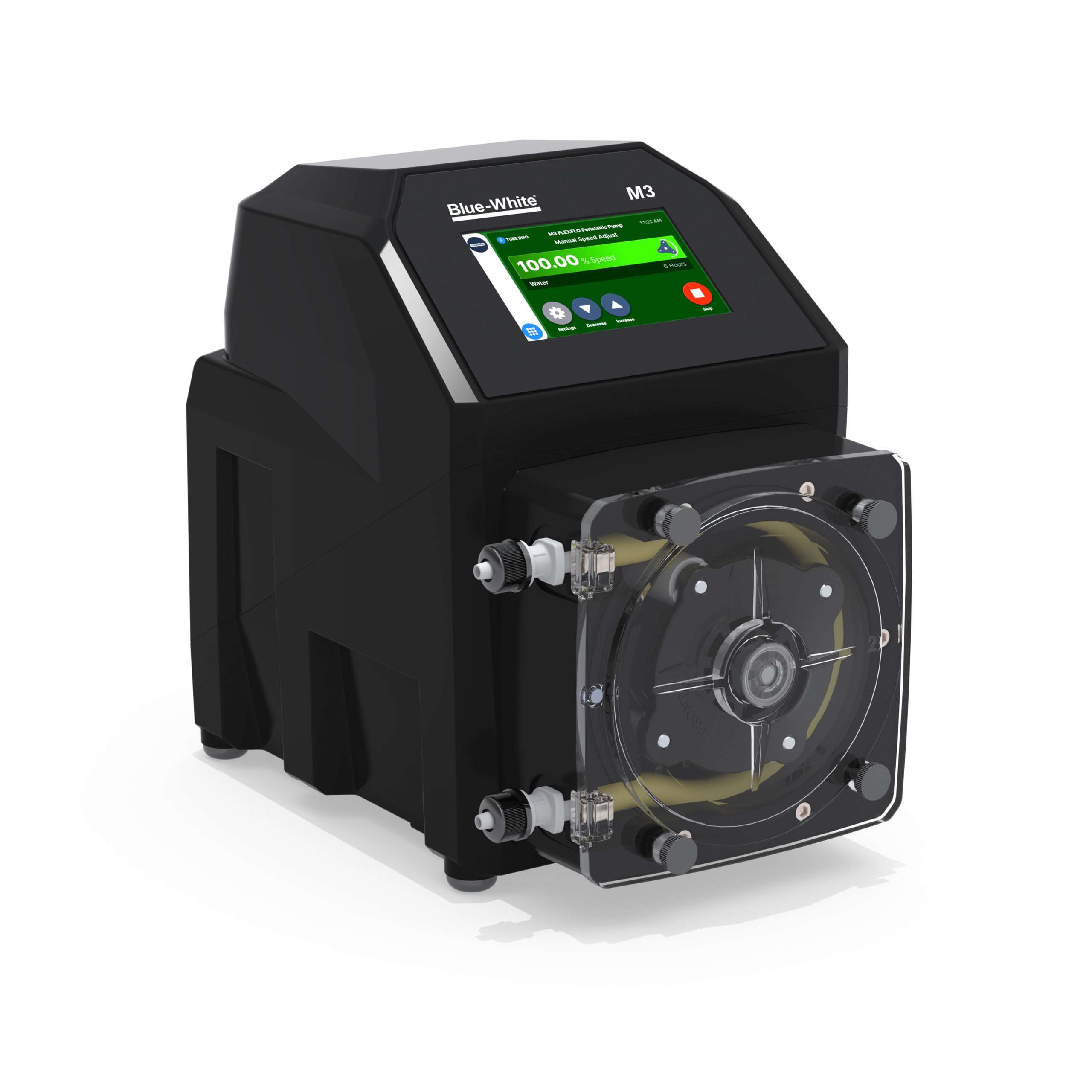
Disinfectant. While ultrafiltration significantly reduces the amount of disinfection needed, it is still critical to have effective disinfection as part of the pre-treatment process to ensure that what few pathogens may remain are kept below harmful levels. There are many types of disinfectants that a DPR system can employ. For example, ozone and peracetic acid (PAA) both break down into safe substances, such as oxygen and water.
The longest-standing and most cost-effective disinfectant, sodium hypochlorite, is ideal for a wide range of applications, and using chlorine for pre-treatment in DPR is no exception. The chemical’s strong oxidation power and the fact that it remains in solution in water for a long time, continuing to work, makes it ideal for water storage.
Equipment compatibility. Regardless of what chemicals are used in pre-treatment, it is important that the system be designed with the proper equipment. This includes choosing which metering pump (Figure 3) is the best choice to dose the chemical in use, as well as ensure material compatibility.
Perfecting pretreatment in DPR ensures high-quality water that meets regulatory standards. Taking into account the above factors, a welldesigned pre-treatment system can contribute to the sustainability and reliability of a DPR system and the community it serves.
Written by:
Blue-White® Industries
714-893-8529
